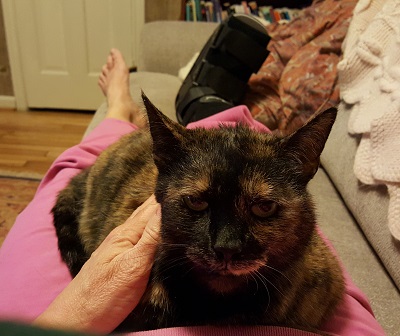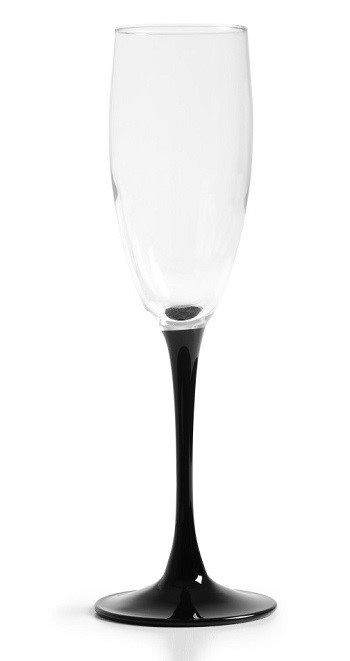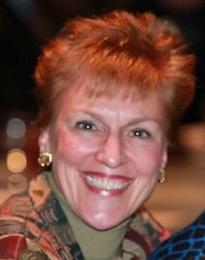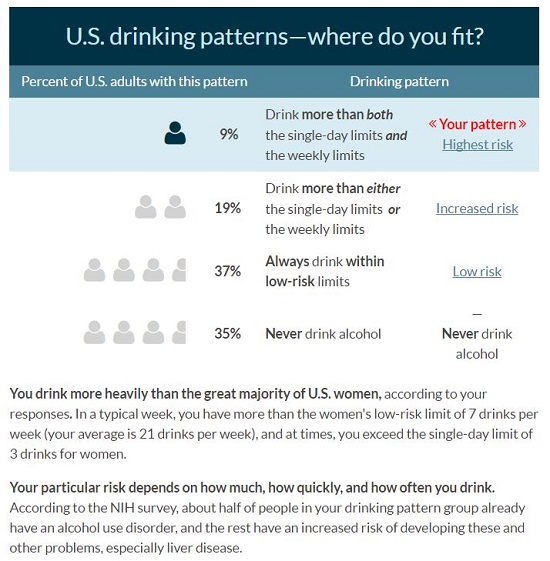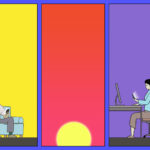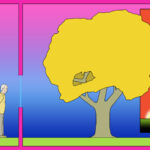What a person without narcissism needs to understand about a person with narcissism is one simple word: won’t. The person with narcissism won’t understand, won’t realize, won’t empathize, and won’t change.
No matter what one says or does, no matter how vulnerably one reveals or starkly one demonstrates, no matter how impeccable the facts one cites, the elegance of one’s logic, the passion of one’s outrage, or the eloquence of one’s appeals to humanity or rule of law, the person won’t say or do anything other than what the person is saying or doing right now, regardless of what the person might have said or done previously.
Logical, rational, insightful, informed, well-meaning, moral people who have someone appear in their lives who has narcissism will end up in paralyzed, demoralized despair if they keep pulling the hope lever. Wishfully, wistfully thinking “If only they…” and making one more attempt, then one more, results only in exhaustion, sometimes in punishment. Nothing can be done. The person simply won’t.
How can this be? Psychologically-minded people might attempt to analyze what’s going on within the person with narcissism. They may gain expert insight into the origins, manifestations, and recommended treatments for this person’s particular form. Their smarts and efforts are for naught. The person won’t.
That means that no matter how keen probability models might be, no prediction about the words or actions of a person with narcissism is possible.
People who have a person with narcissism appear in their lives are plunged into a chaotic reality. What happens next is unpredictable and intermittently volatile, and they are powerless to influence any of it. The new reality operates in opposition to all natural laws of human connection. People logically begin to question themselves. “He/she is a person, I’m a person, and we should be able to understand each other. If we can’t, it must be my fault. I’m not trying hard enough, I’m not saying or doing things in the right way, I’m not good enough…” No matter what one tries, says or does, no matter how one attempts to transform and improve, the person won’t. Minds and hearts break under such circumstances.
In situations where interacting with a person with narcissism is optional, people usually opt out. However, if a person with narcissism appears in one’s life in a position of power from which one cannot extricate oneself, perhaps as a partner, parent to one’s child, neighbor, boss, even chief executive, only one priority can exist: safety.
Safety has to be the one and only goal because no other goals are possible. The person won’t hold to negotiated agreements no matter how contractually we obligate him or her. Deal-breaking can range from showing up late for our coffee date, to breaking our terms of engagement when discussing conflicts, to delayed paperwork. Protesting, “Yes, but you said!” is based on the fallacy in logic that a person with narcissism operates with a knowable code. Unless they’re keeping their word right now, in this moment, whether or not they will do so in the future is an unknown.
The only way to deal with someone with narcissism in a position of power is to accept powerlessness rather than to resist it. This requires initially overriding one’s survival instinct to do anything and everything to right wrongs and create life-nourishing stability. Paradoxically, accepting the reality of unchangeability and volatility creates a different kind of power: the power of strategy.
The only triumph over a person with narcissism in a position of power is to outlast them and, while doing time, outgrow them. People move on, lose favor, age or weaken, and so, too, eventually, will the person with narcissism in your life.
That means developing the ability to access to one’s full heart and full mind at all times, developing excruciatingly, on-going, meticulous control over one’s potential reactions, and using discernment, moment to moment, about what to say or do, or not say or not do, all with the intent to foster one’s ability to protect oneself and others and to grow. No more is one dissipated by attempting the impossible, i.e. to influence the other person by pleasing, appealing, arguing or explaining. One acknowledges that both too much and too little may escalate the interaction and provoke attack. One accepts that what one says and does has no discernible causal power over the other person’s reaction, only over how one builds one’s own inner power or weakens it. And to do that in the next moment. And the next one.
To use one’s energies on oneself and one’s purpose – safety for self and others – rather than on the impossibility of the other person, frees one to grow the power, strength, fitness and endurance of one’s own heart and mind to be able to handle whatever happens. Further, “strength in numbers” is a cliché because it’s true. One can examine which relationships one has that are strengthening, and work on deepening those and building new ones.
The corollary to this is to have as little private, unwitnessed contact as possible with the person with narcissism and to remove oneself from such situations as soon as possible. People with narcissism can be highly adept at engendering self-doubt about one’s own perception of reality and one’s own worth and competence as a person. Alone time can trigger the conditioned response of pulling the hope lever. Alone time drains energy rather than restores it.
In addition, attempting to understand and or empathize with a person with narcissism, or speculating whether or not the person is impaired and could be treated and healed, wastes precious resources that could be used for growth. No matter what, the person won’t. That is the state of things.
People who are imprisoned, whether physically, emotionally, relationally or politically, have choices about how they spend their time. The walls are what they are. If someone with narcissism has unexpectedly appeared in your life, this is my advice: Master yourself, grow yourself, take care of yourself and your fellow inmates, protect yourself and others the best you can, perform triage in aftermaths, and prepare to be able to access your full heart, full mind and wise strategy for the day when the person with narcissism is just about to harm the children.
Image: iStockphoto

